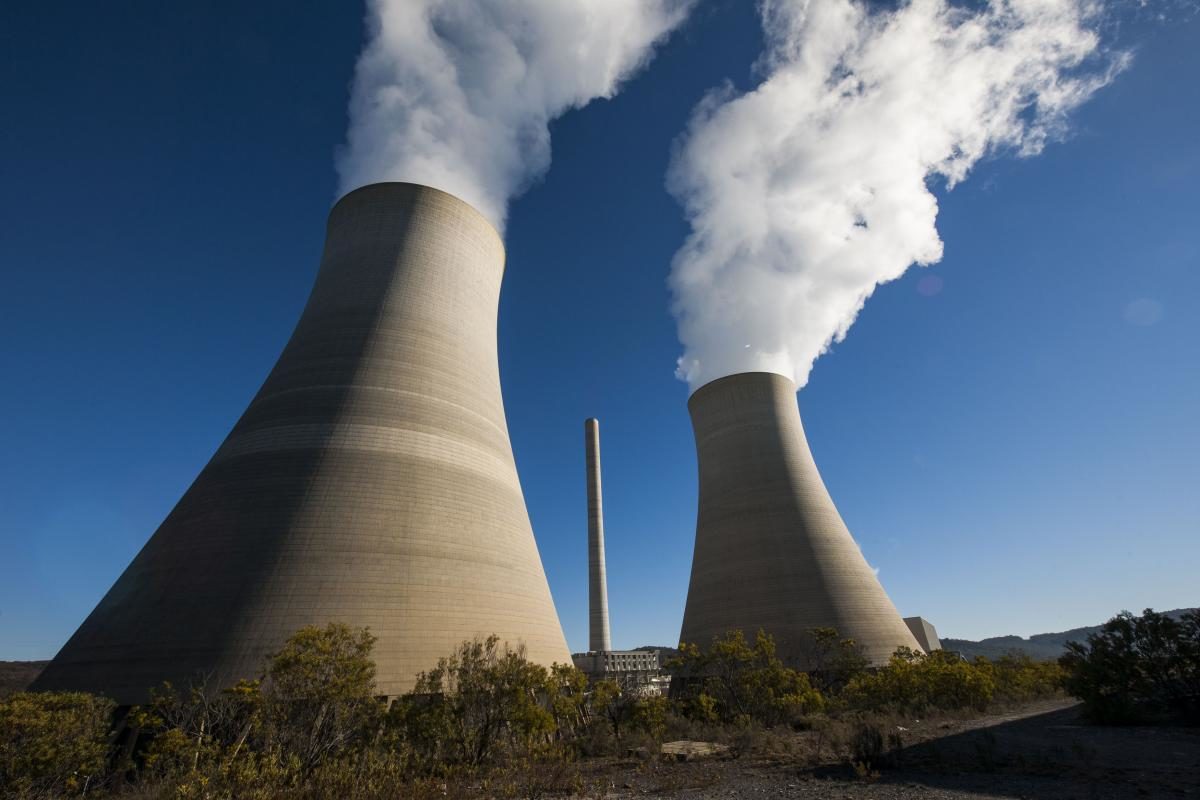In its latest report, the Climate Council examines New South Wales’ ongoing dependence on coal and gas power stations and its tardy transition to renewable energy, and calls for more government action on climate change.
While it is responsible for more greenhouse gas pollution than any other state or territory, 83% of the NSW population want the state to generate more of its electricity from renewable energy sources, the report states citing the results of a survey run by NSW Government’s Office of Environment and Heritage in 2015, and noting that since then the price of renewables has more than halved.
Both state government and opposition today appear to be aware of public opinion, having announced new renewables support schemes in the run-up to the March elections. The NSW Coalition government has pledged to allocate $3.2 billion in interest-free loans to households to buy solar and battery systems, while the NSW Labor Party has come up with a policy to add 7 GW of renewable energy generation backed by storage, on top of its commitment to introduce $2,200 rebates for half a million households for solar systems.
However, thus far, NSW has not taken determined steps towards energy transition, such as introducing a renewable energy target or making a plan to replace its ageing and unreliable coal power stations. The state has not always lacked ambition, but was once a world leader on climate action, the report notes. In 2003, NSW introduced the world’s first emissions trading scheme, which over 10 years reduced greenhouse gas pollution by an estimated 144 million tonnes.
But, over the last five years, NSW has consistently remained at the back of the pack, while South Australia, the Australian Capital Territory and Tasmania have emerged as the nation’s leaders on renewable energy progress.
Unreliable coal clunkers & untapped renewables potential
NSW has Australia’s oldest coal fleet and is home to five operating coal power stations, which collectively produced 82% of the state’s electricity in 2017, the report notes.
With the Liddell coal-fired power station expected to close in 2022, and Vales Point, Bayswater and Eraring facilities to follow within 15 years, NSW will be left with the 700 MW Mt Piper power generator, built in 1992-93, as the last of the NSW coal-fired fleet standing.
“There is a serious risk that New South Wales will be caught short as coal power stations close or unexpectedly fail in extreme weather events,“ reads the report titled Ageing and Unprepared: Energy in New South Wales.
This was exactly the case last month, when faults at coal-fired power plants were directly responsible for blackouts across Victoria and South Australia during a scorching heatwave. According to the report, there were 22 breakdowns at NSW’s coal clunkers in 2018, with Liddell accounting for half of the failures.
While being the nation’s biggest polluter, NSW has a relatively low proportion of wind and solar, accounting for mere 6% of the state’s electricity, despite having excellent resources. Overall, the share of renewables in the state’s energy mix amounts to 16%, with a bulk of it coming from hydro power (9%).
In the past 12 months the state has taken some positive steps to encourage renewable energy and storage technologies, but further action is required, the Climate Council notes. The state has launched the Emerging Energy Program, an energy transition program to propel large-scale renewables and storage, and pledged to increase its transmission capacity to make room for more solar and wind.
There was also a flurry of utility-scale solar project that were greenlit last year. According to the NSW government’s latest data, 49 utility-scale PV projects have been approved across the state, representing some 3.3 GW of capacity, and further 34 solar farms are under construction.
But, there is still an enormous amount of room for improvement in NSW, as well as a massive potential for new jobs and investment in a renewable energy future, the report states. In the face of state government’s lack of action, local councils are picking up the slack. The report identifies Lismore, Newcastle and Musswellbrook as leaders on climate action, noting that local government action will continue to be critical to Australia’s transition to renewable energy into the future.
This content is protected by copyright and may not be reused. If you want to cooperate with us and would like to reuse some of our content, please contact: editors@pv-magazine.com.









1 comment
By submitting this form you agree to pv magazine using your data for the purposes of publishing your comment.
Your personal data will only be disclosed or otherwise transmitted to third parties for the purposes of spam filtering or if this is necessary for technical maintenance of the website. Any other transfer to third parties will not take place unless this is justified on the basis of applicable data protection regulations or if pv magazine is legally obliged to do so.
You may revoke this consent at any time with effect for the future, in which case your personal data will be deleted immediately. Otherwise, your data will be deleted if pv magazine has processed your request or the purpose of data storage is fulfilled.
Further information on data privacy can be found in our Data Protection Policy.